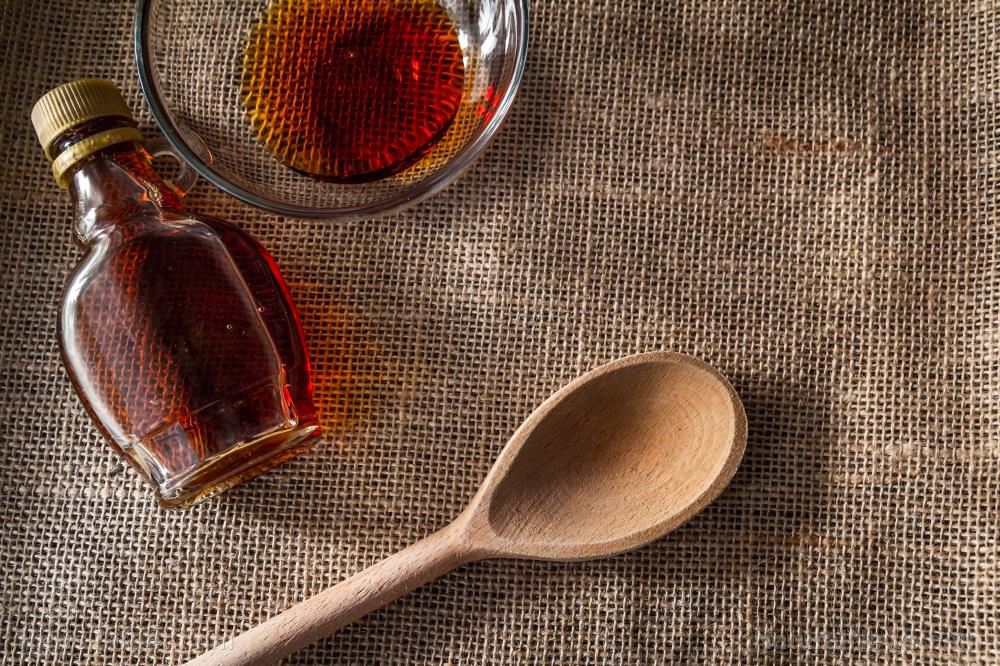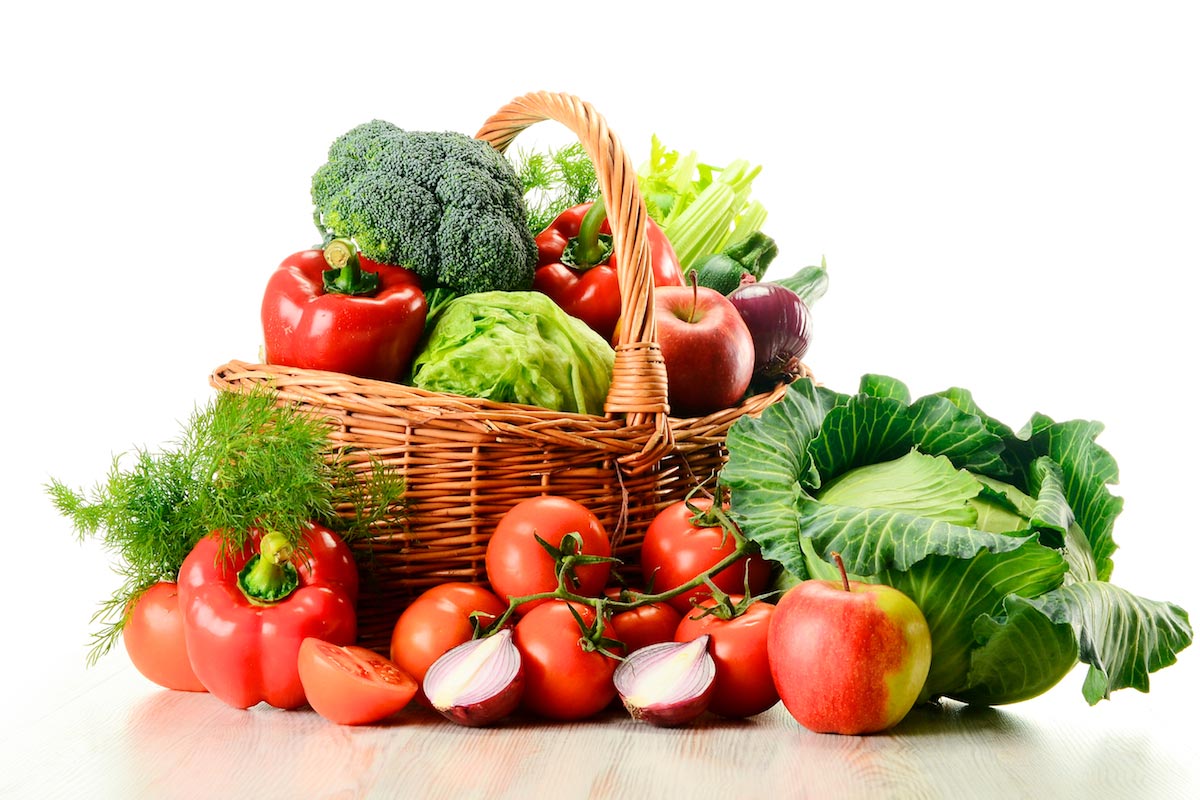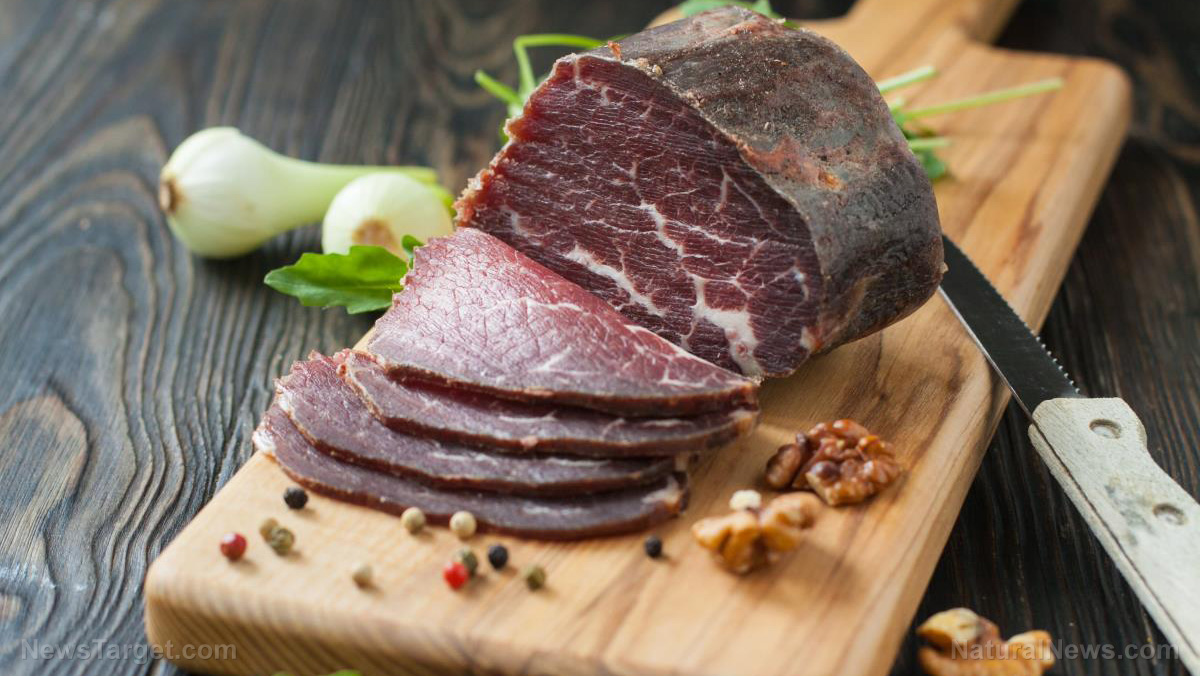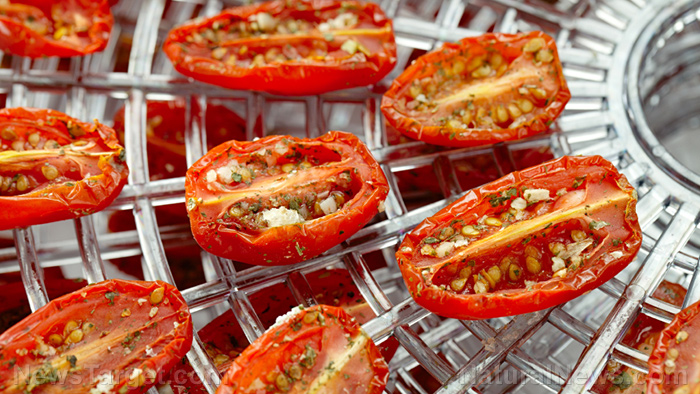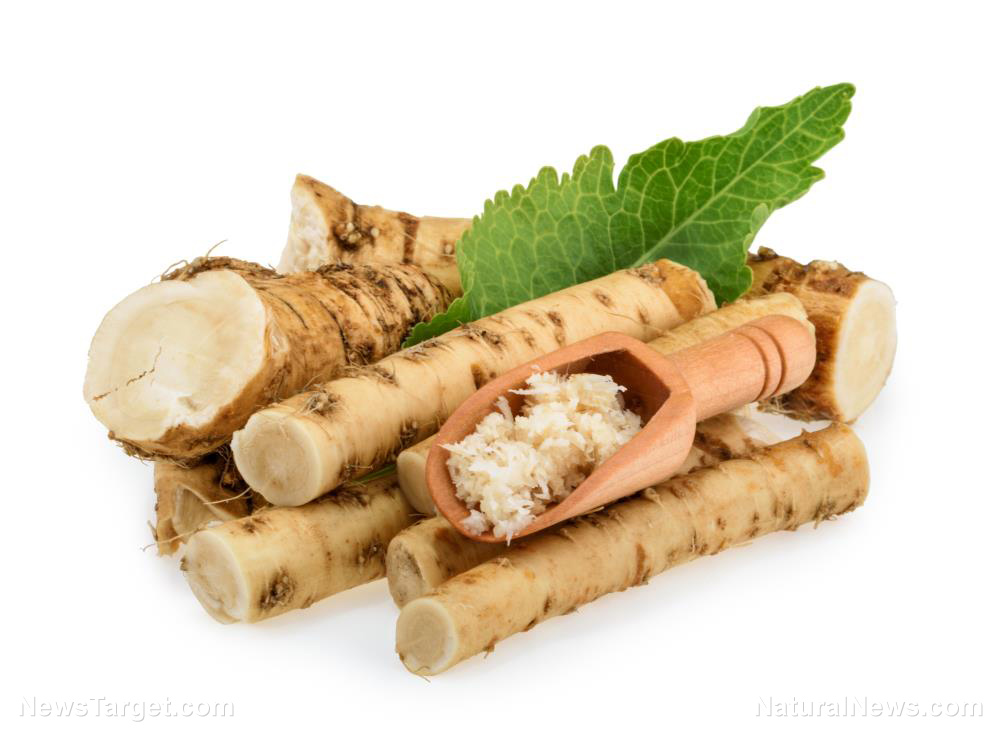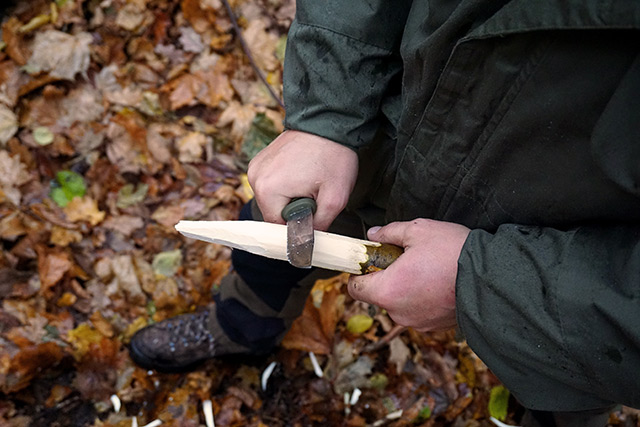Researchers explain “opportunity food loss” to prevent food wastage – our food choices have resulted in tons of food WASTED every day
05/10/2018 / By Ralph Flores
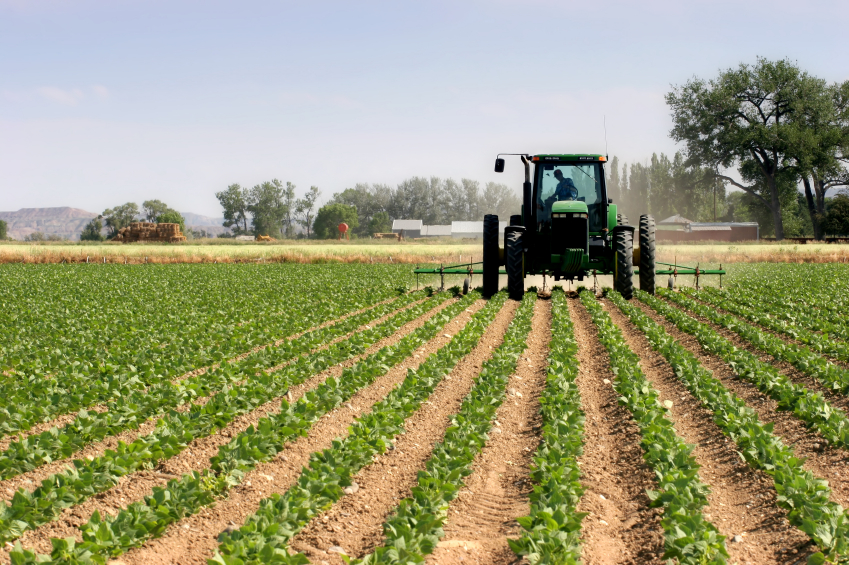
Food waste is a serious problem all around the world. On average, at least a third of all food production is either lost in the supply chain or spoiled – this makes it one of the leading causes of global food insecurity. In a study published in the Proceedings of the National Academy of Sciences (PNAS), researchers from the Weizmann Institute of Science in Israel, Bard College in New York, and the Swiss Federal Institute of Technology in Zürich proffered another type of wastage, that is, “opportunity food loss” or loss resulting from wasting environmental resources to cater to certain dietary choices.
The term, which was inspired by the “opportunity cost” concept in economics, is a type of loss that isn’t accounted for in traditional models of food waste: In particular, the concept refers to a loss resulting from choosing a particular alternative over better options. In this case, the authors said that opportunity food loss is mainly caused by the loss of arable land in favor of producing animal-based food. This practice, they add, has led to the “disproportionate contribution of animal-based food items” to the environmental costs of the food system. Simply put, land that could be used to grow more edible crops to sustain human consumption is wasted in cultivating plants that will be fed to animals. (Related: When cows are raised naturally, cattle production becomes environmentally friendly and sustainable, producing a healthier product.)
However, the issue of opportunity food loss is a complex one, since its driving factors are trends in human activities and choices, which are independent of losses due to natural phenomena. This does not only creates losses in agricultural yield as a result, but it also negatively impacts the environment. In the U.S. alone, researchers estimated that preventing opportunity food loss would increase food production enough to feed at lest 350 million more people, which is more than the total population of the country. For this to happen, however, researchers suggest replacing all animal-based items with those fit for human consumption.
Lead author Dr. Alon Shepon of the Department of Plant and Environmental Sciences at Weizmann explained: “Our analysis has shown that favoring a plant-based diet can potentially yield more food than eliminating all the conventionally defined causes of food loss.”
How they came to this conclusion
For the study, the team looked at the resources needed to create the main categories of animal-based food including beef, pork, dairy, poultry, and eggs. This was then compared with what was needed to grow crops that provided similar nutritional value, in particular, protein, calories, and micronutrients. Based on the results, they found that plant-based replacements can grow more protein per acre. Of the food groups, the results from beef provided to be most dramatic: The land area used for producing beef would yield only four grams of edible protein from it. The replacement crops for beef – which included soy, potatoes, cane sugar, peanuts, and garlic – were able to produce a combined total of 100 grams of beef in the same land area. This meant the opportunity food loss in raising beef was 96 grams per unit of land, making the move to divert arable land from beef to plant-based food items much more beneficial and profitable.
Other animal-based food groups revealed similar results: 90 percent for pork, 75 percent for dairy, 50 percent for poultry, and 40 percent for eggs. The figures posted were all higher than all conventional food losses combined.
The estimated losses from failing to replace other animal-based foods with nutritionally similar plant-based crops were also huge: 90 percent for pork, 75 percent for dairy, 50 percent for poultry, and 40 percent for eggs – higher than all conventional food losses combined.
“Opportunity food loss must be taken into account if we want to make dietary choices enhancing global food security,” added Prof. Ron Milo, another co-author of the study.
Learn more about the how our food is made by heading to Harvest.news today.
Sources include:
Tagged Under: agricultural loss, agriculture, animal-based food, dietary choices, environment, farming, farms, food choices, food economics, food loss, food production, food supply, food trends, food waste, global food security, growing crops, livestock, opportunity cost, opportunity food loss, plant-based diet, plant-based food, Poultry


